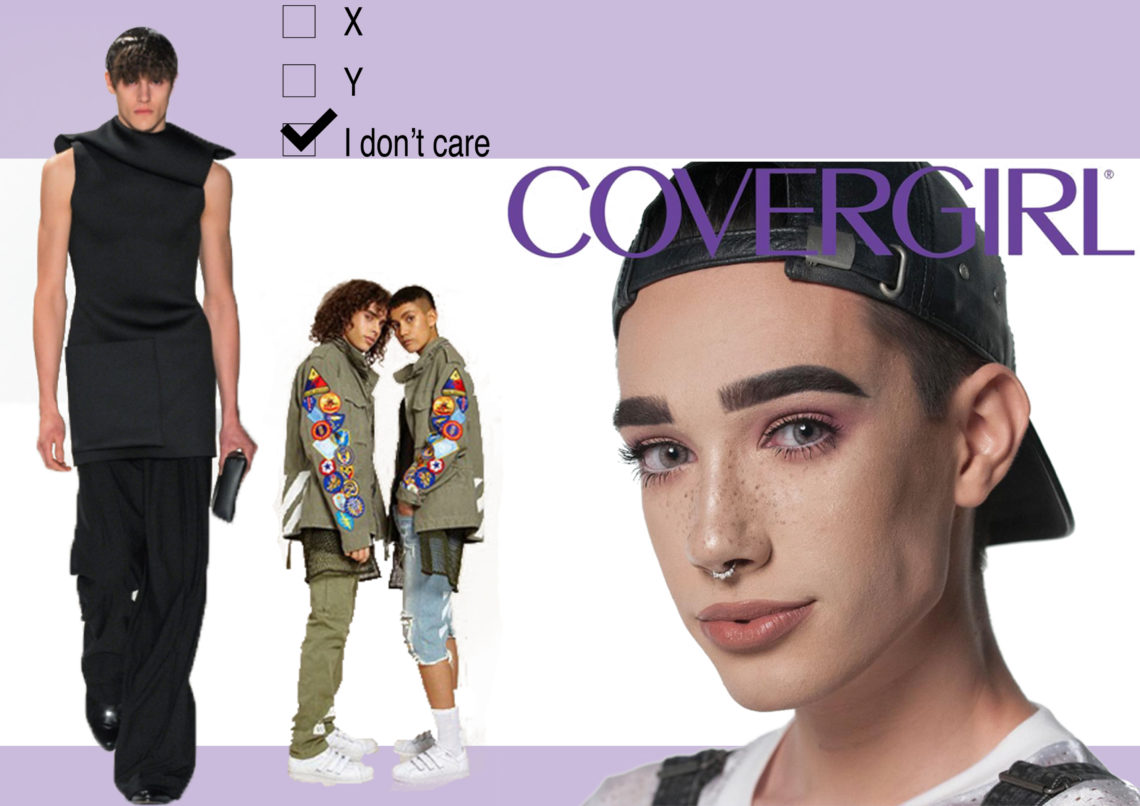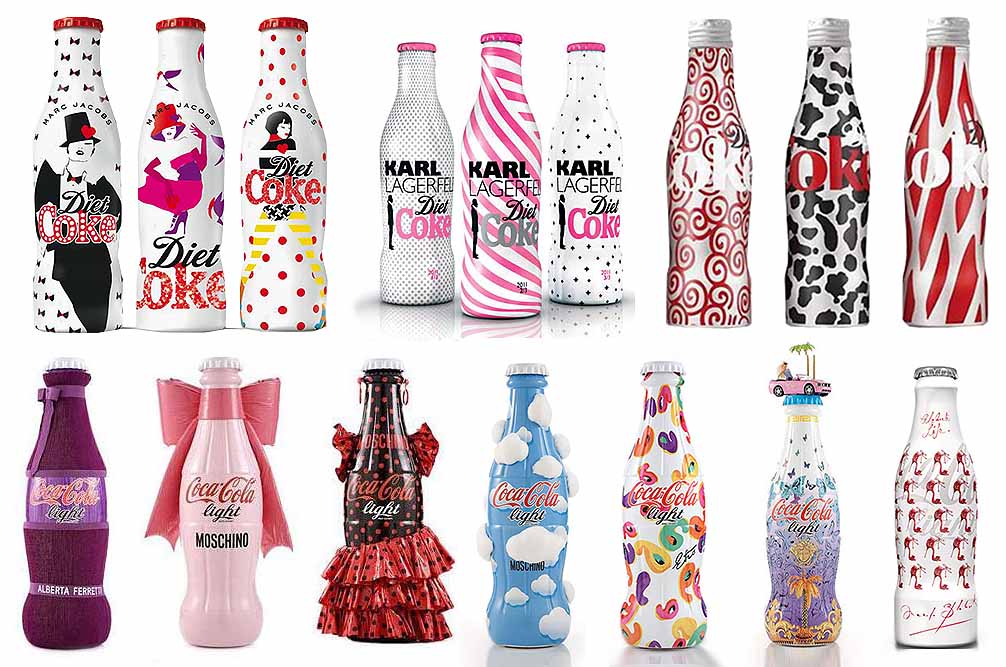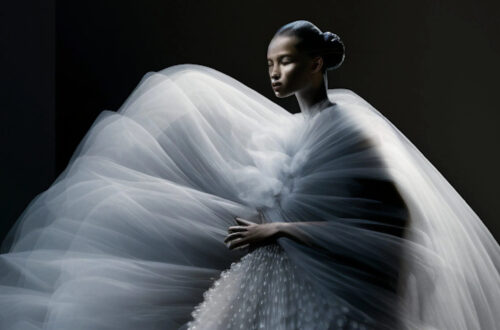
As we learned in biology lessons, chromosome Y defines human gender. However, as we are learning from fashion today, at the end of the day it doesn’t really matter. The boundaries between masculinity and femininity are increasingly blurring and this seems to be more than a fast trend.
In the past, when fashion was way more conservative, one could tell for sure what is appropriate for a man and what suits a woman. Today we see the stereotypes melting: while ladies wear boyfriend jeans, oversize shirts, T-shirts and hoodies, the aesthetics leaving their looks find place in menswear with brands like J.W.Anderson and Gucci introducing the man of unconventional, androgynous masculinity. Vetements and Hood By Air go in the opposite direction, offering edgy brutal styles of indeterminate gender. One way or another, the gap between sexes is closing.
As expected, the trend from the high-end fashion gradually settles in the mass market: in 2015 Diesel came up with a series of thought-provoking posters aimed at questioning traditional assumptions on gender roles and relationships. One of them proclaimed “this ad is gender neutral”. The British department store Selfridges introduced its whole Agender line, followed by Guess with His&Hers and Zara with Ungendered. Unlike the big names of the fashion world, mass producers do not offer laces and skirts for men and over-masculine styles for women, rather focusing on unisex basics.
Though it created a big buzz on Internet, Diesel campaign is far from being most provocative. Louis Vuitton, for instance, went beyond unisex jumpers and jeans of Diesel, and even beyond skirts designed specifically for men by Givenchy. In Series 4 campaign of 2016 Jaden Smith appears among female models, wearing pieces from the womenswear collection, including a skirt. Same did the rapper Young Thug, for the #mycalvins of Calvin Klein. Other brands suggest that womenswear is not everything a modern man can explore and enlarge the sphere of exploration to lifestyle. Promoting its Barbie collection and the limited edition Barbie dolls, Moschino placed a Jeremy Scott-resembling boy next to the girls, stating that dolls are for all kids regardless the gender. More recently, the makeup producer CoverGirl made an unconventional move, introducing its first CoverBoy, the youtuber and social media star James Charles. The 17-year-old James, famous for makeup tutorials and retaking his senior photographs as the highlighter did not look good enough, will not be the last non-traditional brand ambassador: quoting the representative of CoverGirl, the brand will “continue to partner with unique individuals who resonate with what it means to be a CoverGirl”.
The business of fashion is influenced by gender neutrality throughout its functions: likewise the collections and advertising campaigns, retail seems to start changing. In addition to its Agender line, Selfridges redesigned its store environment, following the same concept. “It is something that we have definitely seen coming for a while. It is no secret. It is out there and it is quite zeitgeist-y. What we have noticed from a retail perspective is a lot of women are shopping on the men’s floors,” said the creative director Linda Hewson. Lianna Mann of Lane Crawford agrees: “We get men buying into women’s brands such as Céline and we have women buying into the Givenchy men’s collection as it has a bigger sweatshirt/tee offer which appeals.” The trend spreads from designer retail to the sellers of basic consumer goods: the Minneapolis-based Target Corp. removed gender-based signage in the areas of toys, entertainment, and goods for the home.

With so many examples and initiatives, the world of fashion still wonders whether all this is a temporary trend, or a long-term mindset shift. For the celebrities, for instance, the skirt game became more than a way of attracting attention. Jaden Smith, apart from starring in a skirt for Louis Vuitton, regularly wears one in everyday life. The “disobeying” Young Thug is likewise known for appearing in womenswear on social media. GQ named Jared Leto The Worst Dressed Man, partly for the reason of him wearing skirts. To sum it up, we certainly can’t say that the celebrity world entirely and undoubtedly embraced this traditionally feminine element on men; still, we see examples of male stars wearing them, and we see this more and more often.
Celebrities, still, were always known for provocation. Does this mean that in the nearest future we will see genderless fashion on our neighbors? There is a recent research made by the Innovation Group of JWT Intelligence, carried out to explore how the Generation Z (13 to 20 in 2016) feel about gender identification and sexuality. According to it, 56% of Gen Z know someone who prefers gender-neutral pronouns such as “they” over gender-defining “he” or “she”. Only 44% admitted that they only buy clothes designed for the gender they belong to; almost 80% agreed that gender does not define a person as much as it used to. According to Trendwatching.com, “People of all ages in all markets are constructing their own identities more freely than ever. As a result, consumption patterns are no longer defined by ‘traditional’ demographic segments such as age, gender, location, income, family status and more.”
There is more than ever evidence of gender neutrality on social media. And there is more talk on it than ever. We would not have been the ones to judge how aesthetically correct this is, even if universal aesthetical correctness existed. Way more important is that the changes in the way people dress come from the changes in the way they think; if today we are breaking the borders and getting free in self-expression and accepting ourselves and the others, we probably are on the right road.
by Ksyusha Task






